In part two of our two-part interview with Stephanie Benay, we discuss the role of the organization in the gender gap at work. We talk about the organizational benefits of women leadership and how organizations can create systems to ensure an equal opportunity playing field that will result in a more equitable workplace.
[If you missed last week's article covering two key tactics for women in male-dominated industries to push through and break the glass ceiling, you can check it out here.]
For every 100 men promoted to leadership positions, only 79 women are promoted to managers. Turn your attention to the notoriously male-dominated industries like finance or safety and that becomes even more grim.
Who is Stephanie Benay?
We spoke with Stephanie Benay, a Global Top 10 Safety Influencer in 2020, and Chairperson of Women in Occupational Health & Safety Society who has two decades of expertise across Oil & Energy, Education, and Government sectors about her experience climbing the corporate ladder and the two things she believes organizations can do better to promote women leadership internally.
Everywhere you go there seems to be a lot of discussion about diversity and inclusion. According to Stephanie, the missing link is equity. Stephanie says “There’s an opportunity for organizations to understand the equity component better, and it starts with formalizing the existing mentorship programs within your organization.”

Mentorship Programs
Every organization has mentorship, they just might not have it named and formal process in place. Generally, the informal mentorship program exists in the “bedrock” departments of an organization. For EPC (Engineering Procurement Construction) firms, it means that star engineers who catch the attention of leaders within the company will be mentored and taken under a senior member’s wing. The obvious problem here is that without a documented process the results of this style of mentorship will not always allow the cream to rise to the top. It will drive inconsistent results. The less obvious problem is that not all stars are born in the Engineering department.
Stephanie believes that organizations would benefit from paying attention to departments outside the traditional “bedrock” departments and look to the supporting or enabling functions of the organization as well. Not only does this encourage different perspectives within the organizations to contribute, but it also creates a systematic path for stars in all disciplines to be recognized and developed.
Formalize the Mentorship Process
The first step is to formalize the mentorship process. Give it a name, create a policy, and assign ownership to someone so that execution of the program is ensured. With an emphasis placed on the supporting and enabling functions, your organization will properly identify all high performers who can then be put through a succession plan where they can develop and grow their technical competency as well as leadership skills.
With these kinds of systems in place, women will find themselves in leadership positions more often. Women are great leaders. We know that. The research shows it.
The Succession Plan
Part of any succession plan must focus on critical thinking skills. When we think about the type of people who make it to leadership positions at organizations, it is often from disciplines where critical thinking skills are taught, like engineering or finance.
To make the leap from any department to senior leadership, critical thinking skills are absolutely essential
The Business Case for Ushering More Women into Leadership Roles in the Safety Industry.
There many reasons why an organization would want to consciously promote more women into leadership positions, but here’s one more. There is an argument to be made that women are better than men at leading in the safety industry.
We will use the finance industry to draw a parallel comparison. The finance industry and Wall Street is notoriously male-dominated, just like Safety. Despite this, studies have found that women make better traders and investors than men.
Two of the suggested reasons for women outperforming men in the finance industry are 1) overconfidence in men and 2) risk aversion in women. The two highlighted attributes, while important in finance, are even more impactful in the safety industry.
We asked Stephanie’s opinion on the parallel, and she offered the following “Women will likely take a step back and remove ego from the situation. They will make a decision based on data, and you want that in finance and in safety. You want the opportunity to reflect and ask questions and evaluate with emotional intelligence. Women bring a lot of this to the table when others might get carried away with deadlines and timelines.”
She also added that the best way for organizations to get the most out of this unique perspective is to follow up by asking women in leadership roles what factored into their decision-making process.
Take Action & Implement
Creating systematic processes that generate equal opportunities within organizations across all departments allows standout performers to more consistently rise to the top.
Male-dominated industries like the safety industry have a lot of room for improvement with gender equity. The benefits of creating and enabling the above processes mean that more women will find themselves in leadership positions and the organizations will become even stronger.
Women Leadership at Telelink
Telelink is a 100% women-owned organization and has an all-women executive team. We are proud of the women leaders within our own organization and continue to learn about creating a diverse and equitable workplace. Meet our leadership team here.
Follow Stephanie
To follow Stephanie’s success and insights we encourage readers to check out the podcast Let’s talk safety with Stephanie. Find the latest episodes here.




Post a Comment